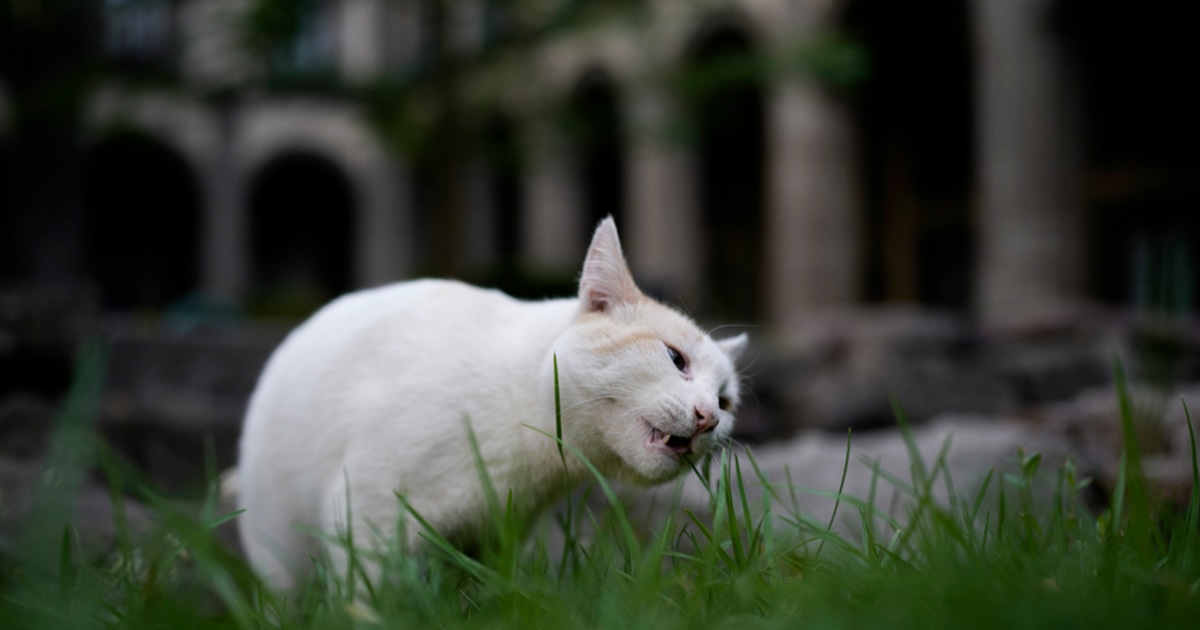The Mexica did not count time on an infinite scale, like we do, but in cyclical units of 52
years
. Every
year it
lasted 260 days and every 52
years
everything began again. To commemorate the new cycle they held a great ceremony: that of the New Fire, the most important of the ritual cycle of the Mexica. Every 52 years the inhabitants of Mexico-Tenochtitlan discarded the images of their gods and all their domestic utensils and put out the fires in homes and temples. In that city, completely in darkness, the fire priests were leaving the Great Temple towards
Huixachtlan
(Cerro de la Estrella), and at the top they performed a ceremony to light a new fire. The ritual caused great uncertainty because it was believed that if the new fire was not lit, the world would end and the stars would turn into monsters that would devour humanity. The five days prior to the ceremony, the people allowed their fires to be put out and their household goods destroyed, while they waited for the catastrophe, fasted and lamented. The vestiges of one of these ceremonies have been discovered in the Historic Center of Mexico City. This is the latest finding by researchers from the Institute of Anthropology and History (INAH), who found - at almost a meter deep -
bowls
, molcajetes,
alacates
, clay figurines and some other elements such as
obsidian
prismatic blades, in the middle of drainage works, electrical wiring and remodeling of sidewalks.
The burials were located under the floor of the front sidewalk of the pantheon during the supervision of the work carried out by personnel of the Ministry of Works and Services of Mexico City, for the introduction of electrical wiring Melitón Tapia (INAH)
“The pieces were found in the Pantheon of San Fernando, near the Church of San Hipólito, in the old Cuepopan neighborhood, which adjoined Tlatelolco, where the Guerrero neighborhood is now located. We were in a swamp area, in a lake area. Pre-Hispanic garbage dumps were associated with the New Fire ceremony, where people went to deposit their important objects to symbolize a new cycle ”, archaeologist Nancy Domínguez tells EL PAÍS. During the ceremony, the inhabitants of the great Tenochtitlan got rid of the figures of divinities that they had on their home altars; destroyed their old belongings: dishes, clothes, mats, even the three stones of the hearth (
tenamaztli
) considered sacred;
They could not keep the fire-making instruments, nor the flints.
Everything that was destroyed was burned or, in any case, thrown into the ditches, as happened in this latest find.
Samples of ceramic pieces thrown into the lake to celebrate the New Fire ceremony Melitón Tapia (INAH)
According to George Clapp Vaillant in his book
The Aztec Civilization
, the ancients “interpreted the change from one cycle to another as the end of one life and the beginning of a new one. Pregnant women were locked in barns for fear that they would turn into wild animals and children were made to walk and kept awake for fear that sleeping on that fatal night would turn them into rats. The house was also completely cleaned, leaving everything in order and the fires were put out, leaving it in complete darkness ”. While all was darkness in the homes of the Mexican neighborhoods, at the Puerta del Sol, the priests ascended the Cerro de la Estrella with solemn vestments representative of the entire procession of the Aztec pantheon.
Some of the ceramic figures found in the vicinity of the San Fernando Pantheon have animal shapes Melitón Tapia (INAH)
That hill is an extinct volcanic crater that rises sharply from the level of the valley and is visible (or was it?) From almost all parts of the capital.
At the top of the temple, the priests anxiously scanned the sky to give the sign that the world would continue.
At the precise moment when these stars crossed the meridian, the priests took some wooden implements and lit the
new fire
on the open chest of a victim who had just been sacrificed for this purpose.
“Priests, chiefs and commoners were delirious with happiness.
Special corridors lit torches from that fire and re-lit the altars in the temples of all the settlers and villages, from where the people brought fire to their homes.
The speedy torchbearers ran through the night like fireflies, bringing to all men, women and children the promise of a new life, ”narrates the American anthropologist George Clapp.
Ten burials have been analyzed and the presence of 15 individuals identified, mostly middle and elderly adults, both men and women Melitón Tapia (INAH)
“Generally, a pit was dug and into this pit the dishes, pots or vessels were thrown. They went, they threw themselves and they broke. On many occasions river stones were used to break the artifacts. Fire was also used. In this case, there is no grave as such, they are simply arranged in the lake layer, which means that the people arrived with their vessels and threw them into the body of water that existed at that time. This whole area was a lake area; The streets as we know them did not exist ”, explains archaeologist Domínguez, coordinator of the new excavations, where the recovery of 17 burials was also carried out, which could succumb to epidemic outbreaks in the 19th century. The bones were found on the periphery of the Pantheon of San Fernando,one of the oldest in the capital and the final destination of the remains of several of the leading figures in Mexican history such as Benito Juárez, Vicente Guerrero or Ignacio Zaragoza.
The coordinator of the excavations, Nancy Domínguez Rosas and the physical anthropologist Eduardo García Flores show one of the bones found near the Temple of San HipólitoMelitón Tapia (INAH)
The project will continue with inspections until the end of January 2022, whose archaeological salvage tasks have verified the constant occupation of what is now the Guerrero colony, since the Late Postclassic period (1250-1521), when it was the seat of Mexican families that They lived in a muddy area on the outskirts of Tenochtitlan, going through the viceregal period, when pastures and convents were established, until the 19th century, which saw it emerge with the establishment of large houses.
If the world did not end and the stars did not turn into mortal monsters, the Mexica people revived, renovated their temples, restored their houses and made new utensils for religious and domestic uses;
Feasts were held with special meals and the sacrifices, both with the bloodshed of their own and of the prisoners, revealed the degree of popular gratitude.
Subscribe here
to the
newsletter
of EL PAÍS México and receive all the informative keys of the current situation of this country








